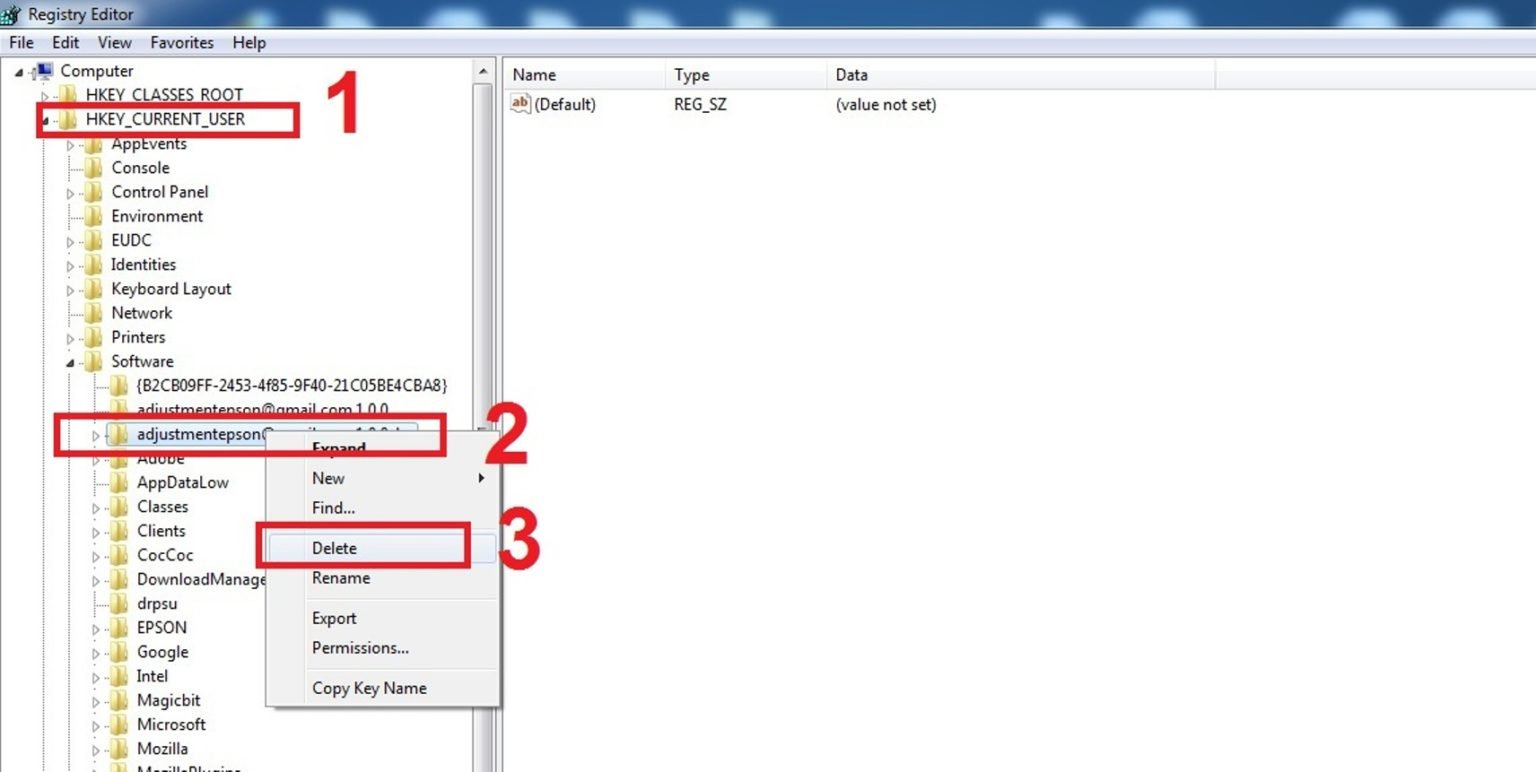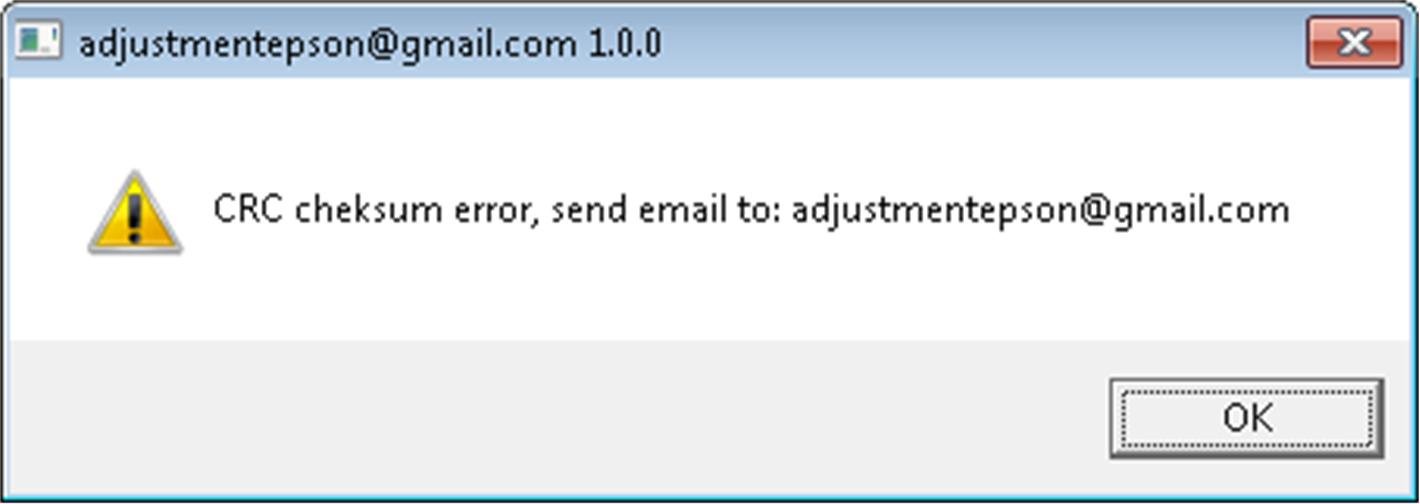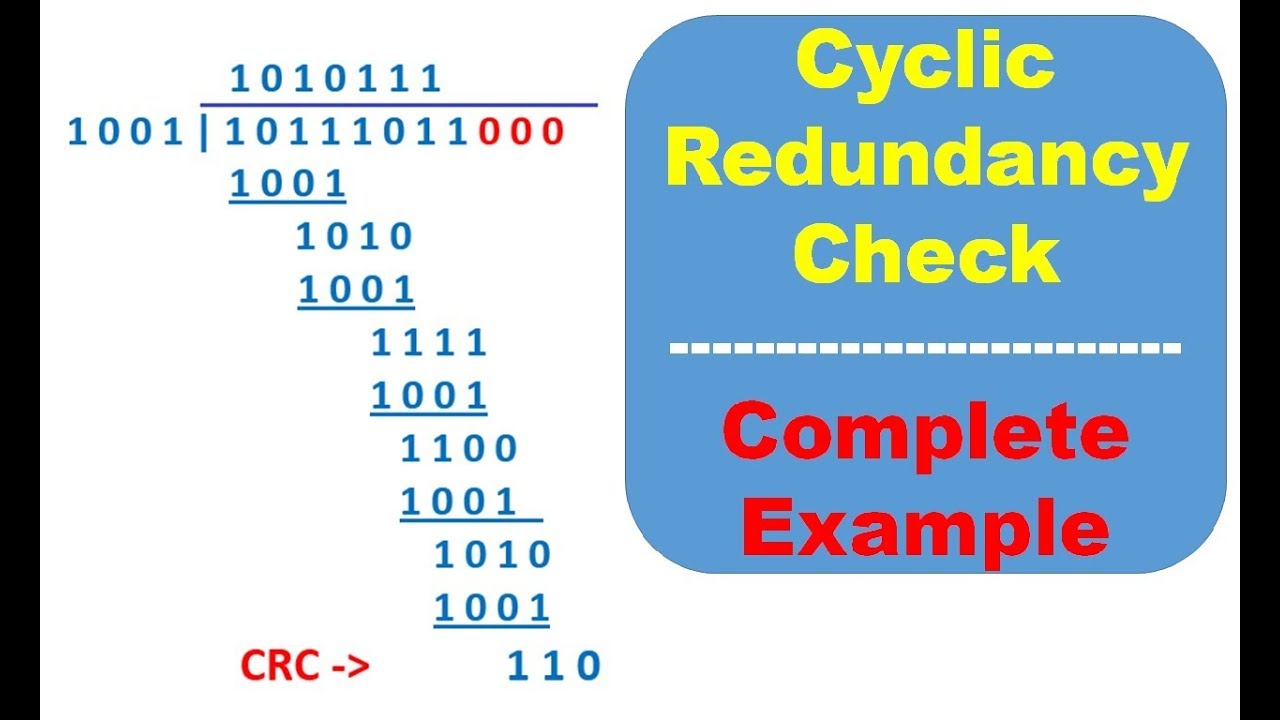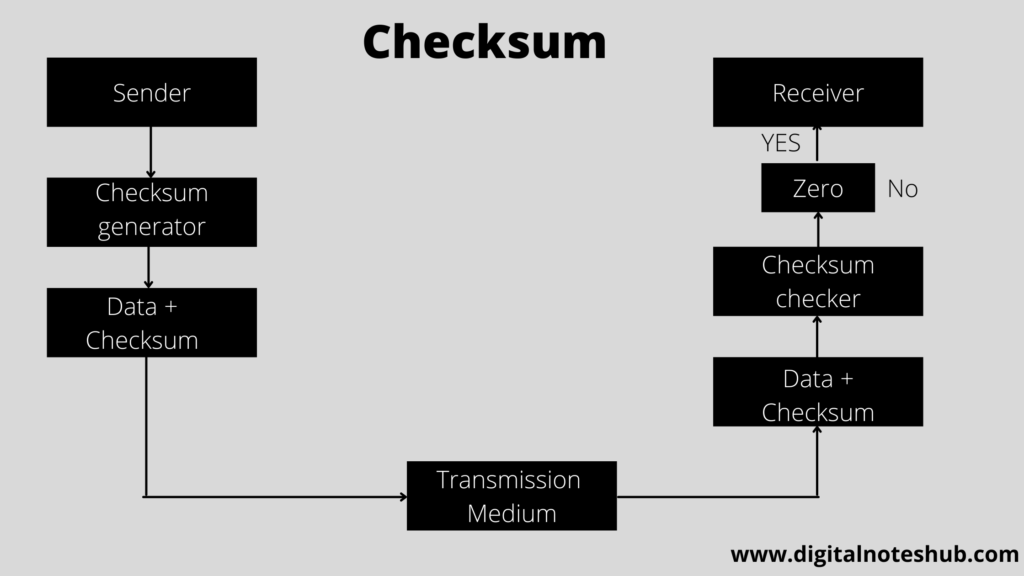
Data Integrity Techniques Aviation Best Practices for CRC & Checksum…
CRC stands for Cyclic Redundancy Check. It is an error-detecting code used to determine if a block of data has been corrupted. Simple to implement in hardware, CRC is a great technique for detecting common transmission errors.. The idea is, given a block of N bits, we can compute a CRC checksum of a sort to see if the N bits were damaged in.

CRC Checksum Error Data/textdata_eng.lua — Papaya Forum
There is a way to get the CRC-32 on Windows (since Win 7): Right-click the file (s) you wish to get the CRC-32 for and click Send to → Compressed (zipped) folder. Open the ZIP file using Windows Explorer, set the view to details. Right-click on the detail header and select the CRC-32 column to be visible. Resize columns so the CRC-32 is visible.

Data Integrity Techniques Aviation Best Practices for CRC & Checksum…
aquanar 1,561 2 11 8 9 Your code for generating the CRC32 table appears to be correct. Your lsbit-first (reversed) CRC32 polynomial of 0xEDB88320 can also be written msbit-first (normal) as 0x04C11DB7. Were the table values you found elsewhere generated using the same CRC polynomial? - jschmier Jan 27, 2011 at 20:23 1

CRC Checksum Error L380 Windows 7
A Cyclic Redundancy Check (CRC) is an error-detecting code that lets us detect accidental changes to the transmitted data. Let's define what these words refer to: Cyclic: based on cyclic codes from where CRC derives this term Redundancy: the check value that's added to the data to verify its correctness

CRC Checksum Error L380 Windows 7
The CRC is a complex algorithm derived from the CHECKSUM error detection algorithm, using the MODULO algorithm as the basis of operation. It is based on the value of polynomial coefficients in binary format for performing the calculations. For Example: x2+x+1 (polynomial equation) Converting to binary format-

CRC Checksum Error L380 Windows 7
What's a CRC error? Cyclic redundancy check, sometimes also called a checksum, is a fancy name for some complex math that detects when data has been damaged. It starts with a formula that takes the data in question, calculates a number, and then stores that number with the data. Later, the data can be read, the number calculated again, and if.

CRC Error Detection (Cyclic Redundancy Checksum) YouTube
But the parity bit is a rather pathetic error-detection mechanism; actually, as far as I can tell, most of the error-detection methods are more or less pathetic compared to the cyclic redundancy check (CRC), which has clearly emerged as the dominant approach—some big names in digital communication (including CAN, USB, and Ethernet) use a CRC.

Data Integrity Techniques Aviation Best Practices for CRC & Checksum…
June 20, 2019 By Administrator In this tutorial, we will learn about some of the commonly used Error Correction and Detection Codes. We will see about error in digital communication, what are the different types of errors, some error correction and detection codes like Parity, CRC, Hamming Code, etc. Outline Introdcution

Checksum Cybersecurity Glossary
Burst errors are very common in data communication. A CRC-n can detect burst errors up to a size of n bits. Since the order of the bytes matters when calculating CRC, it can also detect when the sequence of bytes has changed. Using a different polynomial for a CRC algorithm will result in a different CRC for the same data. Endianness matters!

Crc Checksum Calculator elefs
4 Answers Sorted by: 8 Cyclic Redundancy Checks (CRCs) are popular specifically because of their efficiency at detecting multiple bit errors with a guaranteed accuracy. There are different designs to generate CRC polynomials where the trade-off is accuracy vs. computational complexity.

Error Detection in Computer Networks Simple Parity Check, Checksum, CRC Digital Notes Hub
Definition. Checksum and CRC are schemes for detecting the errors of data which occur during transmission or storage. The data computed and appended to original data in order to detect errors are also referred as checksum and CRC. A checksum consists of a fixed number of bits computed as a function of the data to be protected, and is appended.

CRC CHECKSUM ERROR RESET EPSON (SOLUCIÓN) YouTube
Step-by-Step: Fix the CRC Error Extra: Similar Errors The cyclic redundancy check (CRC) error message is one that appears when a corruption or suspicious change is detected in data on storage devices and networks. Here's how it appears and how to fix it. How the Cyclic Redundancy Check Error Appears

CRC Checksum Error L380 Windows 7 in 2022 Epson, Error, Printer
CRC or Cyclic Redundancy Check is a method of detecting accidental changes/errors in the communication channel. CRC uses Generator Polynomial which is available on both sender and receiver side. An example generator polynomial is of the form like x 3 + x + 1. This generator polynomial represents key 1011.

Error Detection Parity Bits, Check Digits & Check Sums IGCSE Computer Science Learnlearn.uk
Checksum Cyclic Redundancy Check (CRC) Error Detection Methods Simple Parity Check Simple-bit parity is a simple error detection method that involves adding an extra bit to a data transmission. It works as: 1 is added to the block if it contains an odd number of 1's, and 0 is added if it contains an even number of 1's

Error Detection in Computer Networks Simple Parity Check, Checksum, CRC Digital Notes Hub
1. Checksum: Checksum is a widely used method for the detection of errors in data. This method is more reliable than other methods of detection of errors. This approach uses Checksum Generator on Sender side and Checksum Checker on Receiver side. 2. CRC:

GitHub whipbaek/ErrorDetectionCRCChecksum Error Detection (CRC, Checksum)
A cyclic redundancy check ( CRC) is an error-detecting code commonly used in digital networks and storage devices to detect accidental changes to digital data. Blocks of data entering these systems get a short check value attached, based on the remainder of a polynomial division of their contents.